Wood exports have high growth rate
The export value of wood and wood products in September reached 1.4 billion USD, bringing the total export value of wood and wood products in the first 9 months of the year to more than 12.5 billion USD, an increase of more than 7% over the same period last year.
The US is the largest market for Vietnam's wood and wood products, accounting for more than half of the market share, followed by Japan and China with 10% and 12% market shares respectively. Among the 15 major export markets, the export value of wood and wood products increased the most in the Spanish market with an increase of nearly 30% and decreased the most in the Indian market with a decrease of more than 16%.
Wood industry shifts to conquer domestic market
According to the calculations of the Vietnam Timber and Forest Products Association, in the remaining three months of the year, if each month exports 1.5 billion USD, the total for the whole year will reach 18 billion USD. This figure is temporarily acceptable compared to the set target. However, that is only an estimate because in addition to the corresponding tax, wood products are currently the subject of investigation by the US Trade Expansion Act. Difficulties or advantages depend on policy changes from the US side. In the face of constant fluctuations in export markets, the trend of returning to the domestic market to take advantage of resources for brand development is taking place in the wood and wood products industry.
Exporting about 30 containers of furniture to the US, Japan, and South Korea each month, the company has taken advantage of the production chain to expand the domestic market. Thanks to the initiative in the design stage, the products have both increased value and met domestic consumption trends with increasing emphasis on aesthetics and functionality. Typically, sofa models have been improved from export products, more suitable to the needs of Vietnamese families, showing the trend of combining export and domestic to optimize the value chain.
Ms. Phan Thi Cam Tu - Director of Izen home brand, which decorates Vietnamese houses, said: "For export, we make a batch and sell it. Here, we will try to improve and change to suit."
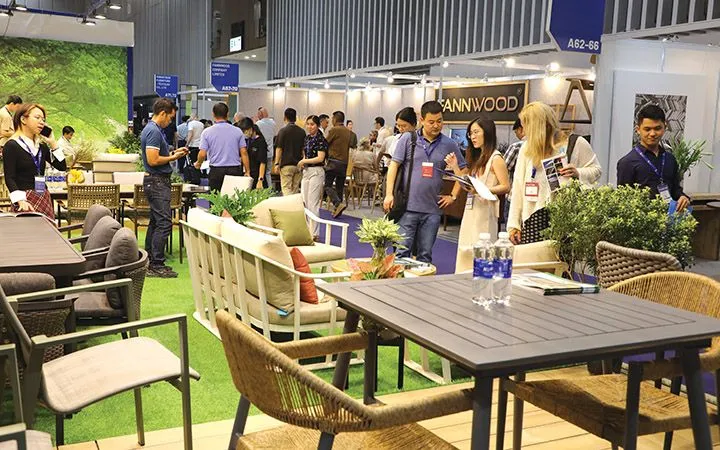
Vietnam's wood industry must standardize the entire production chain, from raw material areas to processing, if it wants to maintain long-term export orders.
Other businesses are constantly updating and introducing new designs to introduce domestic customers to international standard products with competitive prices and many promotions and incentives. And from here, an ecosystem has been formed: Wood - furniture combined with construction materials.
Mr. Mai Linh Thach - D'Furni Furniture Joint Stock Company shared: "We are licensed by Shopee and are currently sold on Amazon, meeting all customer segments."
Mr. Vo Quang Ha - Chairman of Tavico Company commented: "We not only distribute raw materials but also distribute wood for construction, especially flooring and wooden houses".
The Vietnamese wood industry is shifting strongly to the domestic market, where demand is increasing with a variety of designs and high quality standards. The advantage of the enterprise is that it has formed a complete production chain, meeting international standards, which is now being utilized to serve domestic consumers.
Mr. Phung Quoc Man - Chairman of the Handicraft and Wood Processing Association of Ho Chi Minh City commented: "We believe that with our selection and screening, we can meet the high-end needs of Vietnamese people, because we have actually exported to nearly 160 countries."
To promote domestic consumption, many trade fairs connecting supply and demand have been organized by affiliated associations, contributing to making the domestic market a "second arm" alongside exports, creating a solid position and sustainable development in the long term.
Diverse solutions to expand wood exports
While major markets continue to raise standards for sustainability regulations, the Ministry of Industry and Trade affirms that the Vietnamese wood industry must standardize the entire production chain, from raw material areas to processing, if it wants to maintain long-term export orders.
In addition to continuing to search for and maintain suitable product lines for export to the US, businesses need to carefully prepare for trade defense investigation issues; for traditional markets and other potential markets, it is necessary to continue to promote the increase of export market share to the Chinese market for items such as: wood chips, peeled boards, sawn timber, particle boards, laminated boards and construction woodwork...; at the same time, expand export markets to Europe, Japan, Australia, Canada, the Middle East to compensate for the decline in the main market. Promote participation in international fairs to promote directly to markets; consider redirecting products and consumption in the domestic market and proactively adjust production and business strategies and plans flexibly.
Source: https://vtv.vn/nganh-go-chuyen-huong-chinh-phuc-thi-truong-noi-dia-10025100909333558.htm






![[Photo] Dan Mountain Ginseng, a precious gift from nature to Kinh Bac land](/_next/image?url=https%3A%2F%2Fvphoto.vietnam.vn%2Fthumb%2F1200x675%2Fvietnam%2Fresource%2FIMAGE%2F2025%2F11%2F30%2F1764493588163_ndo_br_anh-longform-jpg.webp&w=3840&q=75)











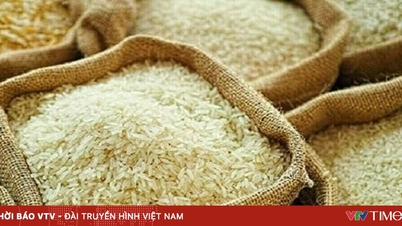













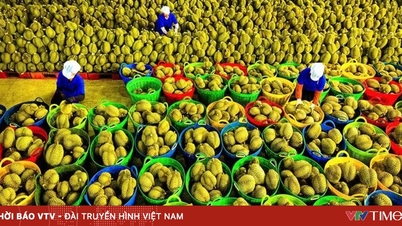

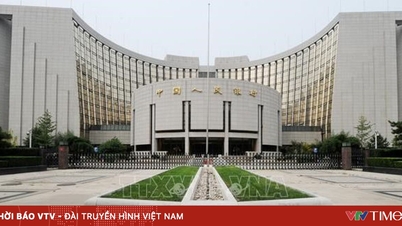




















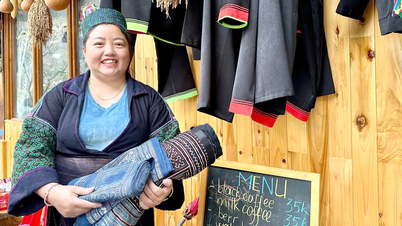
























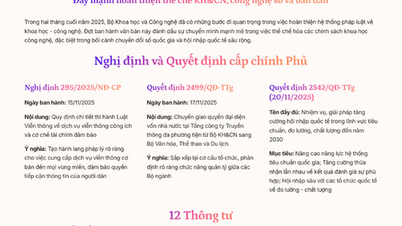



























Comment (0)